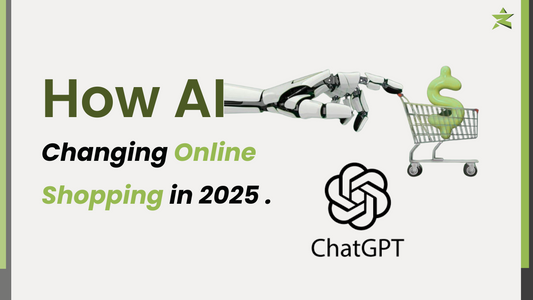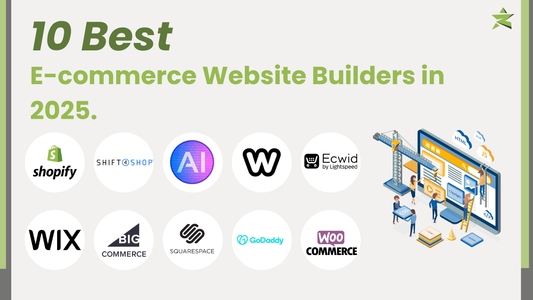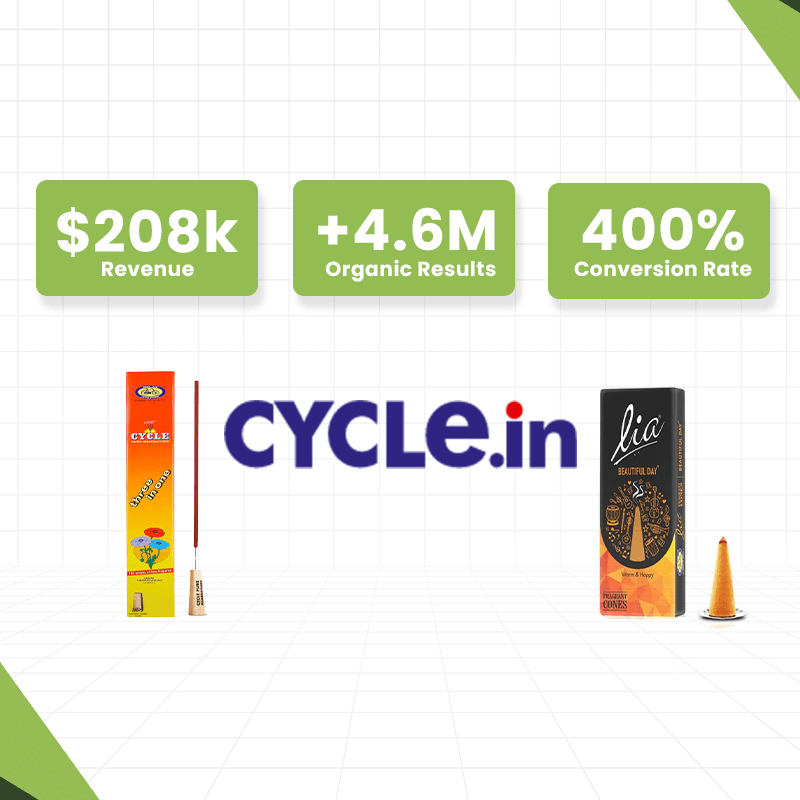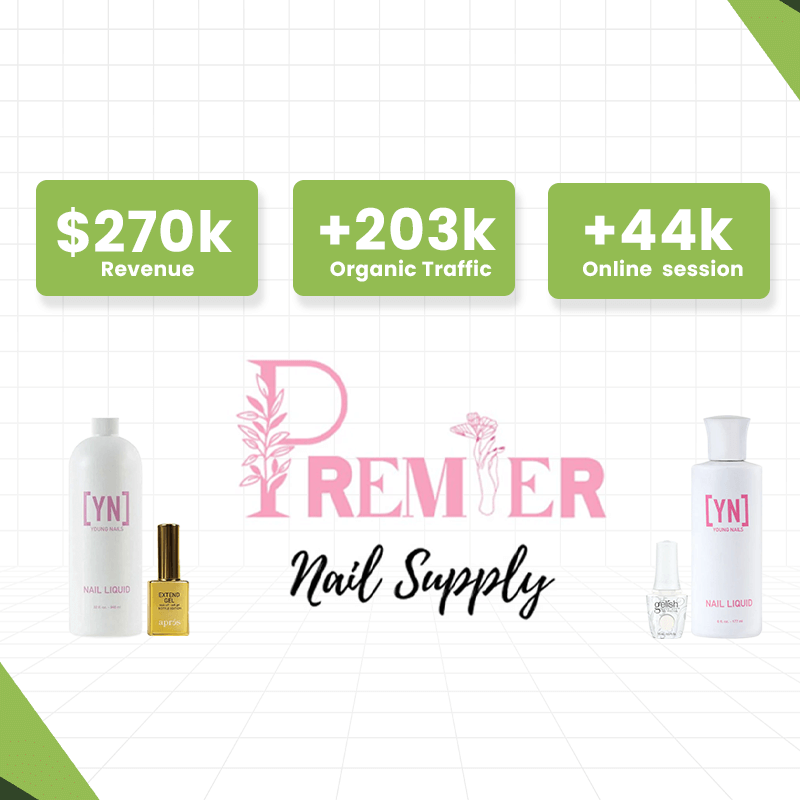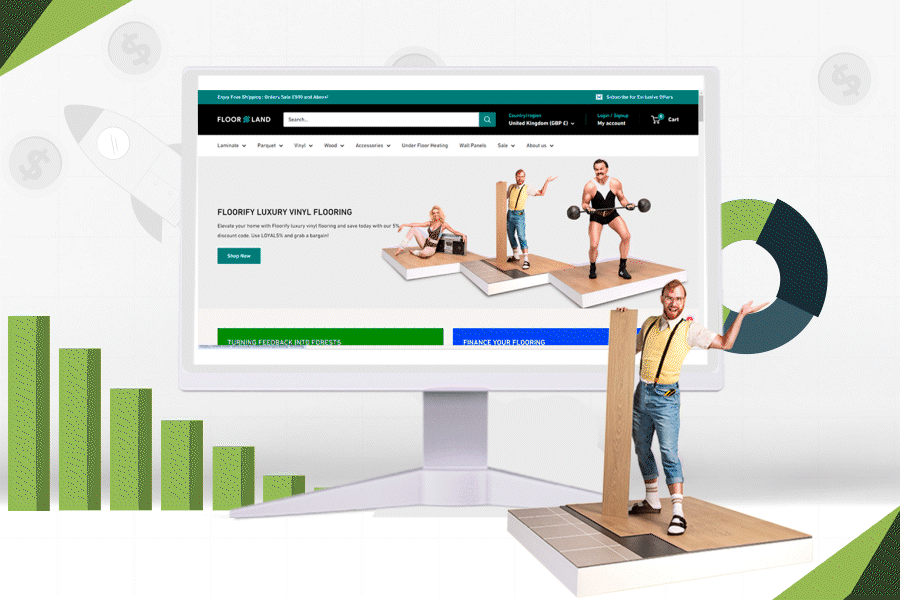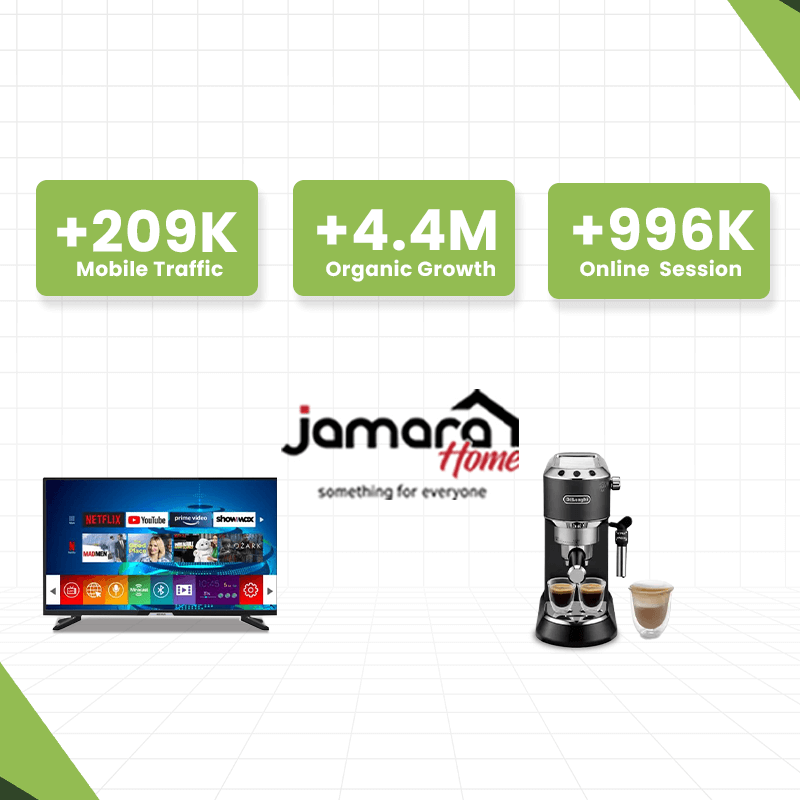As we approach 2025, the world of e-commerce is evolving at an unprecedented rate, driven by rapid technological advancements, shifting consumer behaviors, and a booming global market. In this article, we'll explore the transformative trends, ideas, and strategies that will define e-commerce in 2025, offering businesses new opportunities to thrive in this dynamic environment.
I. The Future of E-commerce in 2025
The digital landscape is rapidly evolving, and by 2025, e-commerce will play an even more integral role in the global economy. Businesses are increasingly embracing online platforms to connect with customers, streamline operations, and stay competitive. However, staying relevant requires understanding the latest e-commerce trends and technologies.
In 2025, innovation will be key. As consumers gravitate toward personalized experiences and sustainable choices, e-commerce companies will need to adopt cutting-edge solutions like AI, augmented reality (AR), and mobile-first strategies to stand out.
II. Top 5 E-commerce Ideas for 2025
-
The Mobile Commerce Revolution
With over 67% of online sales now happening via mobile devices, mobile commerce is set to dominate in 2025. Businesses must prioritize mobile optimization, focusing on seamless app experiences and responsive web design. Personalized mobile promotions and exclusive app offers will help drive customer loyalty and boost conversions. -
Elevating Digital Customer Experiences
As e-commerce becomes more competitive, brands must focus on personalized, data-driven customer journeys. Leveraging AI and machine learning, businesses can analyze purchase behaviors to offer tailored product recommendations and promotions. AR and VR technologies will also allow customers to "try before they buy," reducing return rates and enhancing engagement. -
Sustainability in E-commerce
Environmental consciousness is on the rise, and in 2025, sustainability will be a key driver of consumer decisions. E-commerce companies must adopt eco-friendly practices, such as sustainable packaging and carbon-neutral shipping, to meet consumer expectations. Transparent communication around ethical sourcing and green initiatives will build brand trust and attract environmentally conscious shoppers. -
Balancing Fundamentals with Innovation
While emerging technologies are crucial, businesses should not forget the basics. Reliable logistics, excellent customer service, and a user-friendly interface remain vital to success. In 2025, the brands that excel will combine solid fundamentals with innovations like voice commerce and AR-enabled product customization. -
Hyper-Personalization with AI
AI-driven personalization will be a game-changer in 2025, allowing businesses to offer customized experiences at scale. From individualized product recommendations to dynamic pricing models, AI will enable businesses to anticipate customer needs and deliver a highly engaging shopping experience.
III. Emerging Trends for E-commerce in 2025
-
Headless Commerce
Headless commerce is gaining traction, offering brands greater flexibility by decoupling the front-end experience from the back-end systems. This allows businesses to deliver consistent, personalized shopping experiences across multiple channels, from mobile apps to voice commerce platforms. -
AI-Powered Personalization
AI is revolutionizing personalization by analyzing vast datasets to understand customer preferences and predict buying behavior. By implementing AI-powered tools, e-commerce businesses can enhance customer engagement, offer more targeted marketing, and increase conversion rates. -
Voice Commerce
Voice shopping is rapidly growing, thanks to the rise of voice assistants like Alexa and Siri. In 2025, optimizing e-commerce platforms for voice commands will be essential. As voice recognition improves, businesses can capitalize on this hands-free, convenient shopping method. -
Augmented Reality (AR) Shopping
AR will become mainstream in 2025, offering immersive shopping experiences. Whether it’s trying on virtual clothes or visualizing home decor, AR will help customers make more confident purchasing decisions and reduce product returns, making it a critical tool for e-commerce businesses. -
Sustainable E-commerce Practices
Sustainability will be more than just a trend—it will be a necessity. From eco-friendly packaging to carbon-neutral shipping, e-commerce businesses must adopt greener practices to align with consumer values and remain competitive.
IV. Implementing E-commerce Trends in 2025
-
Strategies for Trend Adoption
To stay ahead of the curve, businesses need a strategic approach. This includes conducting market research, investing in new technologies, and personalizing the shopping experience through data insights. Optimizing for mobile commerce and integrating AI and AR will be key differentiators. -
Tools and Technologies for Innovation
Leveraging the right tools is crucial for e-commerce success in 2025. Businesses should invest in robust e-commerce platforms like Shopify and Magento, data analytics tools like Google Analytics, and marketing automation software such as HubSpot. AI-powered personalization and AR solutions will also play a major role in enhancing the customer experience.
Conclusion
The e-commerce landscape of 2025 will be defined by innovation, personalization, and sustainability. Businesses that embrace mobile-first strategies, AI-driven personalization, AR shopping, and sustainable practices will be well-positioned to succeed. As the industry continues to evolve, the most successful e-commerce players will be those that not only adapt to these changes but actively shape the future of online retail.
By staying at the forefront of technological advancements and prioritizing customer-centric experiences, your e-commerce business can thrive in the fast-paced world of 2025.

![5 Best Ecommerce Ideas, Future Trends [2025]](http://www.booststar.in/cdn/shop/articles/5_Best_Ecommerce_Ideas_Future_Trends_2025_-_1.png?v=1727342552&width=1100)
